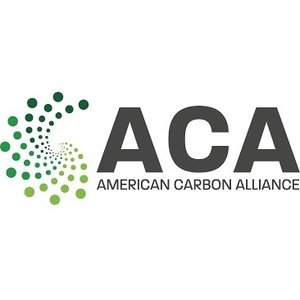ACA calls on Treasury to adopt GREET for SAF tax credit

November 22, 2023
BY Erin Krueger
The American Carbon Alliance on Aug. 23 sent a letter to Internal Revenue Service Commissioner Danny Werfel urging the U.S. Treasury Department to adopt the U.S. Department of Energy’s GREET model to calculate the greenhouse gas (GHG) emissions impacts of sustainable aviation fuel (SAF).
The SAF tax credit created by the Inflation Reduction Act includes language specifying that the GHG reduction of the fuel is to be calculated with “the most recent Carbon Offsetting and Reduction Scheme for International Aviation which has been adopted by the International Civil Aviation Organization” or a similar methodology. Representatives of the U.S. biofuels industry have been urging Treasury to adopt GREET as a methodology to calculate GHG emissions reductions for the purposes of the SAF tax credit, noting it most accurately reflects current U.S. agricultural practices.
Advertisement
In its letter, the ACA calls GREET “a beacon of progressive energy modeling” and stresses it “offers a contemporary blueprint for our evolving energy landscape.”
“We urge the IRS to adopt GREET as a superior alternative to outdated approaches such as CORSIA, created by America’s foreign adversaries,” the ACA wrote. “Aligning ourselves with American-made modeling will enable the U.S. to become energy independent in the very near future.”
The ACA is comprised of ethanol producers, carbon capture advocates, airlines, landowners, farmers, construction trade workers and concerned citizens. Within the letter, the group touts the potential for ethanol-to-SAF technologies.
Advertisement
“Ethanol is the largest sustainable low-carbon fuel that yields advantages beyond conventional energy uses,” the ACA wrote. “With increasing yields, it will serve as the prime feedstock for sustainable aviation fuel should your agency choose the GREET model. This change would benefit American aviation, boost energy security, and enhance our path to independence from foreign oil suppliers.”
A full copy of the letter is available on the ACA website.
Related Stories
The U.S. Energy Information Administration maintained its forecast for 2025 and 2026 biodiesel, renewable diesel and sustainable aviation fuel (SAF) production in its latest Short-Term Energy Outlook, released July 8.
XCF Global Inc. on July 10 shared its strategic plan to invest close to $1 billion in developing a network of SAF production facilities, expanding its U.S. footprint, and advancing its international growth strategy.
U.S. fuel ethanol capacity fell slightly in April, while biodiesel and renewable diesel capacity held steady, according to data released by the U.S. EIA on June 30. Feedstock consumption was down when compared to the previous month.
XCF Global Inc. on July 8 provided a production update on its flagship New Rise Reno facility, underscoring that the plant has successfully produced SAF, renewable diesel, and renewable naphtha during its initial ramp-up.
The U.S. EPA on July 8 hosted virtual public hearing to gather input on the agency’s recently released proposed rule to set 2026 and 2027 RFS RVOs. Members of the biofuel industry were among those to offer testimony during the event.
Upcoming Events










